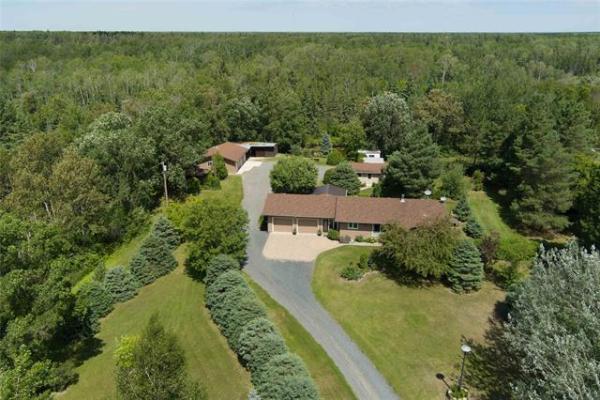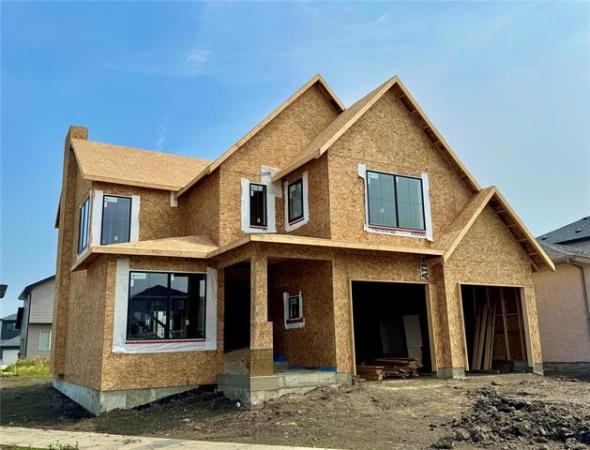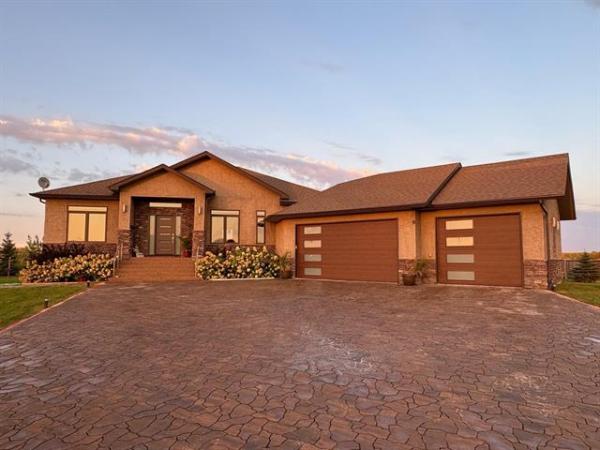Question: I’m actually in Edmonton, but I can’t find any other person to get advice from. I hope you can help me, or help me find another source. We took over a 26-year-old house this past winter and the sump pump is running every other hour for approx 10 to 20 seconds each time. I checked that there is a valve on the sump pump and when it is not working, the water won’t come back in. We can hear and see the water running into the sump from another place; I guess that should be the water-collecting system. I also hired a landscaping company to regrade the back yard, so above-ground water is running away properly.
How can I tell whether the amount of water running into the sump is normal or too much? My last house was approximately 10 years old and I only heard the sump pump work one time in four years, and most of the time the sump was totally dry, so there is no comparison for me. Which company, institution, or department should I contact to find out where the water come from? Since there is so much water around the house, is it going to destroy my foundation? Is this something I should worry about? If we want to add a back-up sump pump, in case of a power outage, or if the sump pump breaks, what "system" would you recommend — UPS, a smaller pump hook on battery, or another suggestion? I really appreciate your time and hope you can give me some help.
Thank you very much in advance, Renee Zhang
Answer: Finding answers to your sump-pump questions may be much more simple than you think, even without a lengthy Google search. Consulting a local CAHPI registered home inspector to come and inspect your home may yield all the direct answers you desire. Ideally, this should have been done prior to purchase of your home, but can still be done later, whether you want the entire home inspected or just one or more individual systems checked.
Determining whether there is indeed a concern or issue that needs to be addressed with a system in your home can be difficult for many homeowners. Despite the mountain of free information available on the Internet, much of this information may be misleading or difficult to understand. Rather than losing sleep, worrying that your home will be floating away on an imaginary underground stream, you should hire someone to look at the issue first-hand. While you may find an experienced plumber or contractor who can check the sump-pump operation and ease your mind somewhat, that may not the best place to start. Hiring an experienced registered home inspector will give you direct information about your perceived problem in your own home.
For me to address your question more accurately, I would have to look at the home, location, soil conditions and other factors to properly know whether you have an abnormal amount of water draining from your weeping tile into your sump, or not. Having said that, the frequency of operation you are describing is certainly not abnormal. To have it run that much in the winter may be a little unusual, but that depends on whether the weeping tile is below the frost line, how deep your foundation is, and how cold it is. I commend you for improving the landscaping and grading around your home, but anything more may be an overreaction.
Excessive moisture in the soil around a home can cause serious issues, but that is precisely why a weeping tile and sump pit system is installed. If there is a lot of soil moisture, this must be collected by this critical system, so that it can be redistributed above grade and prevent seepage and soil pressure issues in your foundation. The frequency of operation you describe is certainly not excessive and may only serve to suggest that the system is working well, as designed.
The question you have posed about a back-up pump is well thought-out and worth addressing, by itself. It does make sense to have a second sump pump installed in case of a failure of the main pump. The type that may be the most prudent will be a small pump that runs off a large 12-volt automotive or marine battery. This is a good idea in case of a power outage, particularly during heavy summer storms. That is when there will be the maximum amount of moisture draining into the sump, and when you may need the secondary emergency pump to engage. Connecting the battery up to an on-demand trickle charger, plugged into a regular duplex receptacle, should ensure the battery is fully charged and ready when needed. I’m not sure what a UPS is, but further research by you may determine whether that is acceptable, also.
Ideally, hiring a registered home inspector to inspect your home prior to purchase may have answered your questions in advance, but there are issues that do arise after possession that can easily be addressed in a post-possession inspection. Consulting a professional home inspector to inspect one or more systems in your home to determine if they are operating properly, or just to explain the proper function to you in person, makes sense. To find such an individual in your area, check out the Canadian Association of Home Inspectors website at www.cahpi.ca, and click on the map for registered home inspectors in your home province.
Ari Marantz is the owner of Trained Eye Home Inspection Ltd. and the past president of the Canadian Association of Home & Property Inspectors — Manitoba (cahpi.mb.ca). Questions can be emailed to the address below. Ari can be reached at 204-291-5358 or via his website at trainedeye.ca.
trainedeye@iname.com



